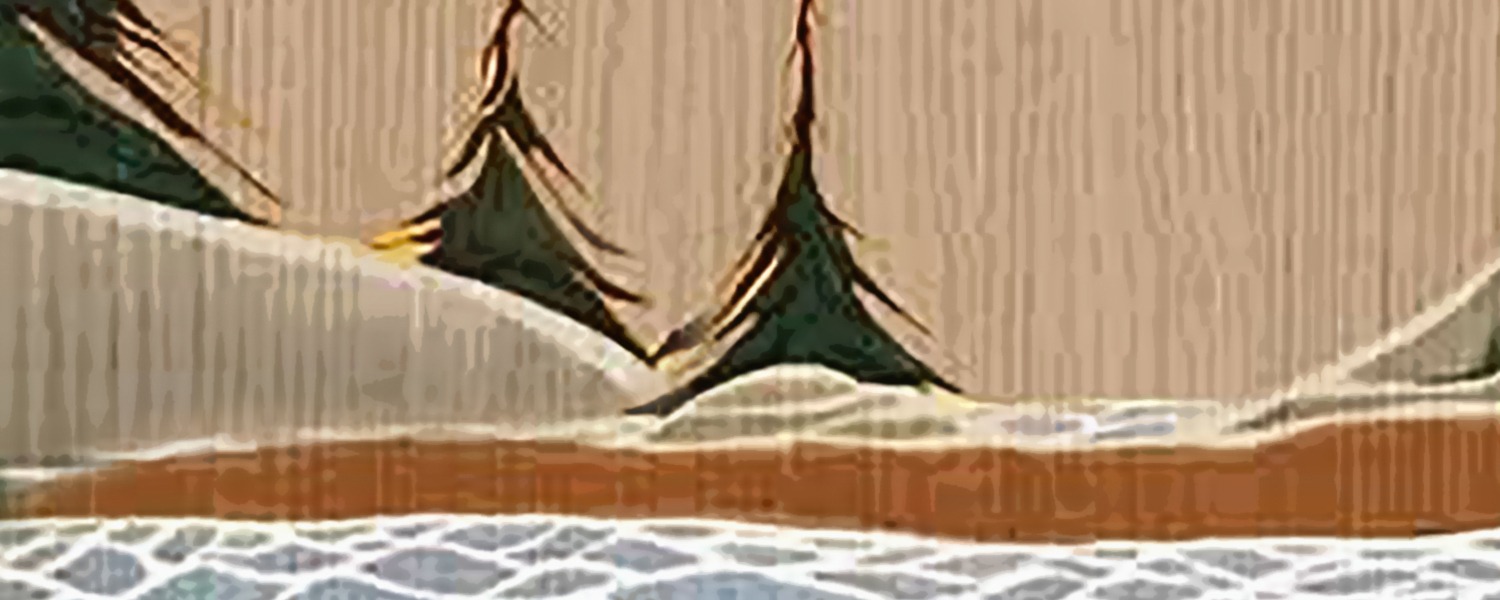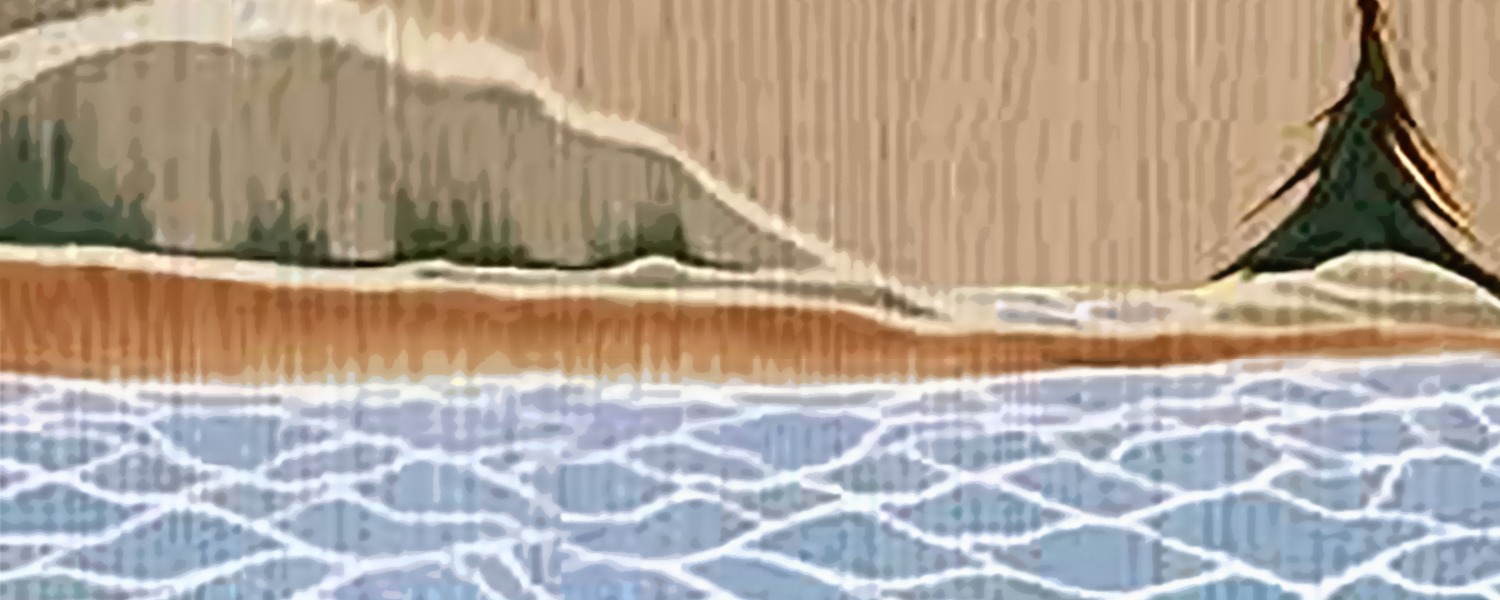Contents
Written by
Sinéad Dearman
How Can Jordan’s Principle Help First Nations and Inuit Children?
Jordan’s Principle is a legal principle that is named after Jordan River Anderson, a First Nations child who suffered unnecessarily due to government neglect.
Jordan’s Principle aims to ensure First Nations and Inuit children can access services in a way that is reflective of their distinct cultural and geographic needs, takes full account of the historical disadvantage linked to colonization, and without experiencing any delays because they are First Nations or Inuit.
Jordan’s Principle gives First Nations and Inuit children an equal chance to thrive by providing support to meet their physical, emotional, spiritual, and mental needs, so they can grow up healthy and proud.
Applications to Jordan’s Principle can be made for groups of First Nations or Inuit children or for an individual First Nations or Inuit child. There’s no “list” of eligible supports or services under Jordan’s Principle – each application is reviewed on a case-by-case basis.
In the context of COVID-19 some needs that may arise for First Nations and Inuit children that may be addressed through Jordan’s Principle include:
- Food security – access to food allowances so that children have healthy food while families or communities are physically-distancing or self-isolating.
- Caregiver support – respite services to offer a break for caregivers.
- Cultural well-being – access to supplies for regalia-making, beading, etc. while children are stuck indoors. Get Kokum on Facetime and make a ribbon skirt!!!
- Cleaning products and hand sanitizer – to help keep children safe and clean.
- Technology to access education – assistive devices to access education online while schools are closed.
- Technology to access mental health supports – some mental health service providers are not able to travel to First Nations right now, but access to mental health supports may be possible through video with the appropriate assistive technology.
- Infant supplies – diapers, wipes, other supports for when a First Nation is in lock-down and the family can’t access these items.
But note that every Jordan’s Principle application is assessed on a case-by-case basis, there’s no guaranteed funding. We are suggesting these as some possible ideas based on our knowledge of Jordan’s Principle. We cannot guarantee applications such as the above will be accepted. At a minimum, it would depend on the circumstances of each child / children who would benefit from the application.
How Can I Access Jordan’s Principle to Meet the Unmet Needs of a First Nations or Inuit Child or Group of First Nations or Inuit Children?
There are three different “types” of Jordan’s Principle claims:
- Group claims (called “enhanced claims”): these are for needs that are shared among many children or services which many children will benefit from. For example: school library materials, supplies for land-based teachings, a mental health counsellor, etc.
- Individual claims: for the unmet need of individual children.
- Retroactive: for individual cases the retroactive claims can go back to 2009, for group/enhanced claims the process follows the retroactive reimbursement of child and youth mental health costs (limited to Ontario First Nations).
For more information on retroactive claims see this blog post.
For more information on individual claims see this website.
How Can I Make an Application to Jordan’s Principle?
For help accessing Jordan’s Principle contact a service coordinator in your region or call 1-855-JP-CHILD (1-855-572-4453).
Applications for Inuit children should be made to the Inuit Child First Initiative.
The applications are reviewed and decided on by the First Nations and Inuit Health Branch within Indigenous Services Canada. An appeal process is available. The decisions must be consistent with the legal rulings on Jordan’s Principle that have been made by the Canadian Human Rights Tribunal (see below).
Who is Eligible for Jordan’s Principle?
“Child” = someone under the age of majority in the province/territory of residence.
This is who is eligible to access Jordan’s Principle:
- First Nations children living on-or-off reserve who are registered under the Indian Act or are eligible to be registered.
- First Nations children living on-reserve who are not registered under the Indian Act & not eligible to be registered.
- On a temporary basis First Nations children living off-reserve who are not eligible to be registered under the Indian Act but are recognized as members of their Nation and who have urgent and/or life-threatening needs (see 2019 CHRT 7).
- Inuit children who are recognized as a member of an Inuit Land Claim Organization.
How Long Does It Take to Process a Jordan’s Principle Request?
For individual requests:
- Ideally, urgent requests are processed within 12 hours of the government receiving all necessary information.
- Ideally, all other requests are processed within 48 hours of the government receiving all necessary information.
For group requests:
- Ideally, urgent requests are processed within 48 hours of the government receiving all necessary information.
- Ideally, all other requests are processed within 1 week of the government receiving all necessary information.
After an application is submitted, there is often some back and forth to clarify information before the application is processed.
What Now?
- Evaluate the unmet needs of children and youth in your community – what are children and youth’s priorities? Caregiver priorities?
- Ensure everyone in your community is aware of Jordan’s Principle.
- Make a plan to help your community members access Jordan’s Principle.
- What are shared community-wide unmet needs that Jordan’s Principle can help with?
- Pull together your retroactive reimbursement claim.
- Consider submitting an application for Jordan’s Principle Navigators to work within the community to:
- Assist individuals with applications
- Engage and educate the community about Jordan’s Principle
- Ensure follow-through with access to services, supplies, etc. once a Jordan’s Principle application is approved
- Track data on Jordan’s Principle claims in the community
Where Does Jordan’s Principle Come From?
Jordan’s Principle comes from the life and legacy of a very brave young boy, Jordan River Anderson.
Jordan was a First Nations child from Norway House Cree Nation. He was born with complex medical needs and spent more than two years in hospital while the Province of Manitoba and Canada argued over who should pay for his at home care. When he was five years old, Jordan died in the hospital, never having spent a day in his family’s home, because the government was still arguing about who should pay for his at home care.
If Jordan had not been First Nations the dispute about which government should pay for his care would not have occurred.
Jordan’s family and community, and the First Nations Child and Family Caring Society, advocated tirelessly for change. As a result of their advocacy, on December 12, 2007, the House of Commons unanimously passed a motion that the government should immediately adopt a child-first principle, based on Jordan’s Principle, to resolve jurisdictional disputes involving the care of First Nations children.
Initially, Canada did a poor job of implementing Jordan’s Principle after the motion passed. Jordan’s Principle then became part of a human rights case against the government of Canada.
What did the Canadian Human Rights Tribunal Say about Jordan’s Principle?
Jordan’s Principle is part of the human rights case brought against Canada by Gitxsan leader Dr. Cindy Blackstock on behalf of the First Nations Child and Family Caring Society of Canada, the Assembly of First Nations, the Chiefs of Ontario, and Nishnawbe Aski Nation. This case challenges the discriminatory underfunding of on-reserve child welfare services and the government’s narrow interpretation of Jordan’s Principle that resulted in children unnecessarily being placed in state care.
Nine years after the case was initially brought the Canadian Human Rights Tribunal issued its landmark ruling finding that Canada committed racial discrimination against First Nations children and ordering major reforms to child welfare funding for on-reserve child welfare. The Tribunal made the following key order about Jordan’s Principle:
“AANDC is […] ordered to cease applying its narrow definition of Jordan’s Principle and to take measures to immediately implement the full meaning and scope of Jordan’s principle.” [2016 CHRT 2, para 481]
Even after the Tribunal made this order Canada failed to fully implement the true spirit of Jordan’s Principle and continued to racially discriminate against First Nations children.
Another key decision was made in 2017 regarding Jordan’s Principle. You can read more about that decision here. Another decision regarding the scope of Jordan’s Principle was also made in 2016.
What are the Objectives of Jordan’s Principle?
When working on an application under Jordan’s Principle, it is helpful to understand the kinds of gaps that it is trying to fix. We would summarize the objectives as follows:
- What happened to Jordan River Anderson should never happen again. First Nations and Inuit children should have access to the supports they need – mental, educational, spiritual, emotional, etc. – when they need them.
- Every First Nations and Inuit child should have access to the supports they need to grow up healthy and proud.
- To help First Nations and Inuit children overcome the difficult legacies of colonialism by addressing their unique cultural, geographic, and historical realities, and building on their strengths.
- To ensure that the department that a First Nations or Inuit child contacts for access to a public service – be it from a provincial or federal government service – should provide the service to the child without delay or barriers related to the child’s First Nations or Inuit status.
- To enable First Nations and Inuit children to access supports that meet their unique cultural needs, even those that may be not provided in the “mainstream”. For example, a First Nations child might need targeted mental health services that reflect and respect their own cultural context – sessions with an elder, land-based programs, etc.
More Information
Jordan’s Principle Youth Public Service Announcement (PSA): Short version; Long version; American Sign Language
Summary of the Tribunal’s Orders on Jordan’s Principle from the Caring Society
Visit the Caring Society’s website
Jordan’s Principle Handbook from the Assembly of First Nations
Please feel free to contact our lawyers in Yellowknife or Toronto:
Written by
Sinéad Dearman
Related Posts

OKT Podcast - Overview of the Reference on Bill C-92
Tuesday, February 20, 2024
We are excited to introduce the inaugural episode of the OKT podcast!
In this debut installment, Jesse Abell, Krista Nerland, and Judith Rae discuss the intricacies…
Read More...
Supreme Court upholds First Nations’ rights to self-govern in child and family services
Friday, February 9, 2024
This morning, the Supreme Court of Canada released a unanimous decision in the C-92 Reference (Attorney General (Quebec) v Attorney General (Canada), 2024 SCC 5.)…
Read More...
Five Years of C-92: Progress Made and the Road Ahead for Indigenous Jurisdiction in Child and Family Services
Tuesday, April 22, 2025
An Act respecting First Nations, Inuit and Métis children, youth and families came into force over five years ago on January 1, 2020. It is frequently…
Read More...

